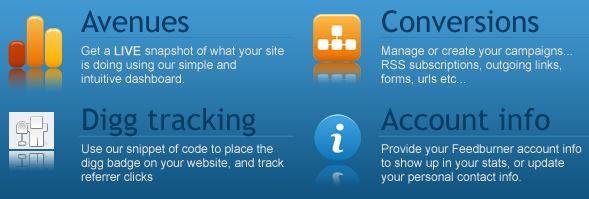There are various web analytics tools available to study the characteristics as well as the performance of websites. The analysis result can assist users to improve their websites in terms of traffic, layout, content, commercial aspects, features, etc. Web analytics tools such as Google Analytics, Woopra, Feedburner, Website Grader, etc are some of the popular and widely used tools by web designers, bloggers and internet users. There is another new website traffic analytics tool which has just recently unveiled its public beta namely BLVD Status. Users who intend to get better analyses and find out their webs’ live traffic stats can give it a trial.
Like other analytics programs, BLVD Status features all the basic analytic functions. On top of it, this analytics program has also added Digg tracking, Micro Conversions and live traffic statistics. Digg tracking is quite an interesting feature which allows users to see the sources that Dugg their websites or blogs. Micro conversion is a simple tracking process that users can use to track the progress of the goals or objectives they have set. There are two types of goals users can set at this point of time. Users can use a simple URL trigger or a parameterized URL trigger. The simple URL trigger will track when a visitor gets referred from a specific URL, the visitor visits the URL or the visitor leaves a page to visit the URL. The parameterized URL trigger will track the same type of stats, but uses a slightly different method to obtain the same information. Of course another cool and useful feature is the live traffic stats.

BLVD is in its beta release. We believe this analytics will improve and enhance its service from time to time. To enjoy this free service, a user needs to open an account. A registered user is thence required to add the domain name(s) that the user wants to track to the user’s BLVD Status account. Once it is completed, the user will be given a snippet of HTML code. The user needs to install the tracking script on each page of the site he/she wishes to monitor. If the user is using a templating system or content management system, it is likely to provide a method to quickly add the script to all pages. If the user’s site is largely static, he/she may need to modify individual pages manually.